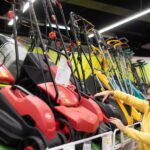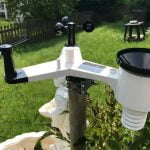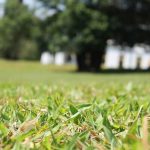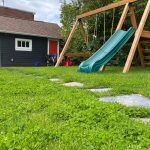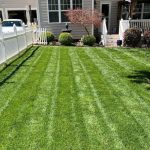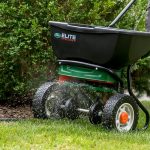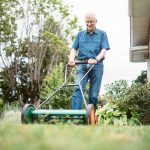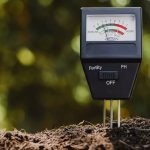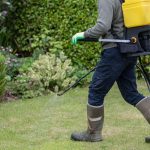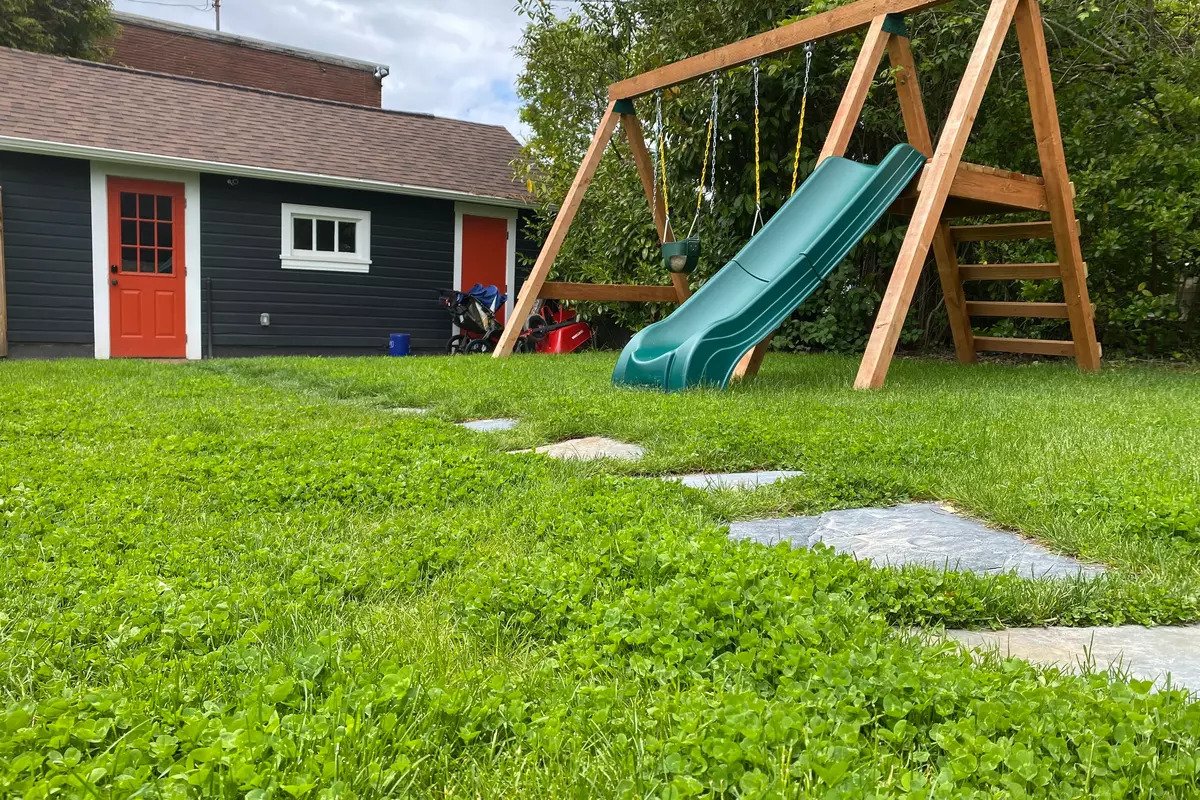With more people becoming environmentally conscious, there has been a trend towards low-maintenance and eco-friendly grass lawn alternatives. Clovers have become a popular choice among these people due to their easy maintenance and nitrogen-fixing capability.
Micro-clover is also gaining traction due to its low and slow growth and ability to blend with turfgrass. This is a plant that grows to a height of about four to six inches on average. The plants do not clump all that much, so they look evenly green.
You may sow micro-clover when the ground is not frozen, although it is better to do so when it is cool outside and regularly raining.
When you use micro-clovers in your lawn, it is recommended to add fescues. The dwarf variety is especially great at tolerating short mowing heights. By mixing the two, you will have a lawn that can resist drought and wear. Aside from that, Kentucky bluegrass, turf-type tall fescue, dwarf perennial ryegrass, and fine fescue are also popular grass options.
Check out this list of the pros and cons of this alternative grass cover.
Pros of Micro-Clover
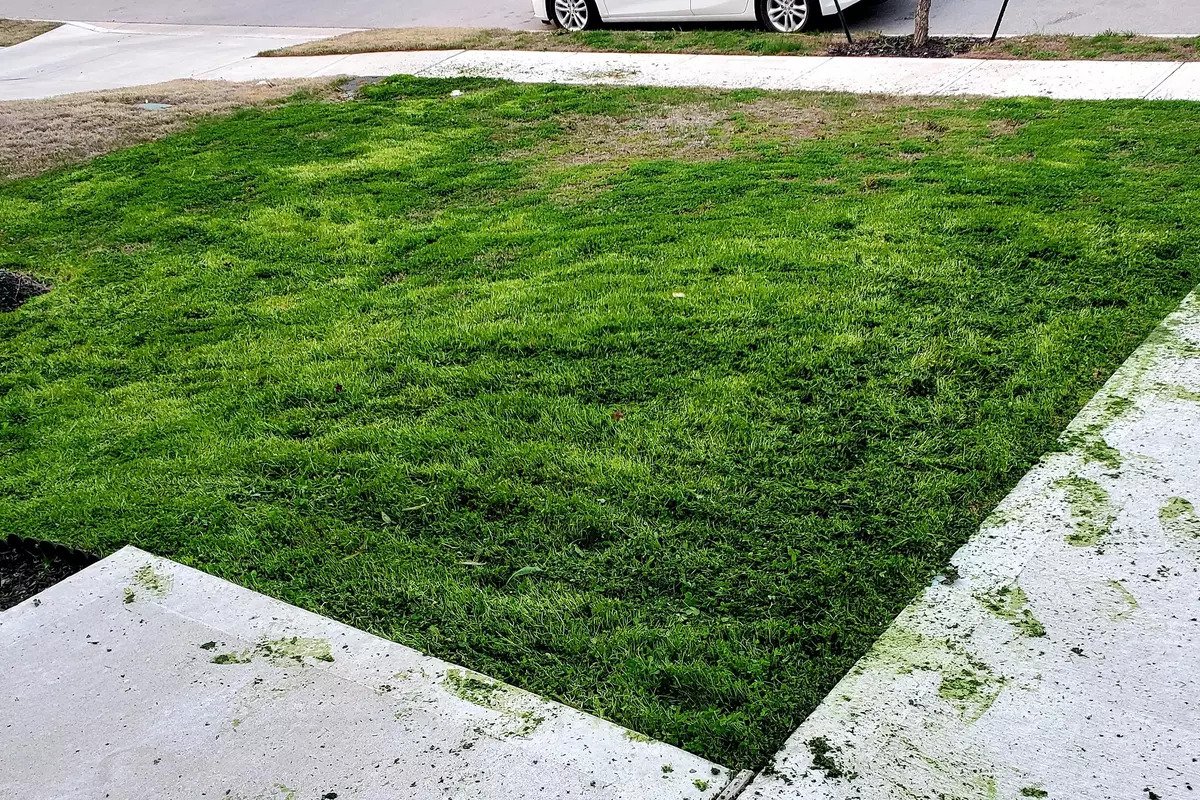
Let us first go over the benefits of making the switch to m7icro-cover.
- Good drought resistance
- Makes nitrogen from atmospheric nitrogen gas
- Complements turf grass plants
- Low growth calls for less frequent mowing
- Capability to crowd out weeds thanks to aggressive growth
- Fewer flowers when compared to white clover, so fewer bee stings
- Does not brown upon making contact with pet urine
- Improves the greening of the yard
- Adds great texture to the lawn
- Reduces lawn maintenance costs on a yearly basis
Cons of Micro-Clover
On the other hand, here are several disadvantages when you have a micro-clover lawn:
- Not good at tolerating extreme heat
- May die once cool-season turfgrasses become dormant in the summer
- Calls for reseeding after several years for stand persistence
- Slower germination of seeds compared to turfgrass
- More expensive seed than other lawn seeds and clovers
- Lack of availability of seeds in most retail locations
- Not the best at tolerating partial shade
- Leaves bare spots that may erode after the death of the top growth in the winter
- Susceptible to common turfgrass broadleaf herbicides
- May suffer from Southern blight disease when humidity and night temperatures are high

